The Process of Weight Loss on a Low-Carb Diet
What Is a Low-Carb Diet for Weight Loss?
A low-carb diet focuses on reducing carbohydrate intake, particularly from foods like bread, pasta, starchy vegetables, and sweets. Instead, it emphasizes eating more protein, healthy fats, and non-starchy vegetables. The goal is to lower carb consumption enough to change how your body processes energy—shifting from burning carbohydrates to burning stored fat.
Low-carb diets are not just about cutting calories; they’re about changing your body’s metabolism to encourage fat loss without constant hunger or extreme calorie restriction.
Purpose and Benefits
A low-carb diet is primarily used for weight loss, but it offers additional health benefits:
- Reduces harmful visceral fat (around the belly and liver).
- Lowers blood sugar levels, making it particularly effective for managing type 2 diabetes.
- Improves cholesterol by reducing triglycerides and increasing HDL (the “good” cholesterol).
- Decreases blood pressure and systemic inflammation, improving overall heart health.
Diet Details
Low-carb diets reduce or eliminate refined carbs like sugar, white bread, and pasta. Instead, they promote foods rich in protein and fat, such as:
- Meats, fish, and eggs
- Non-starchy vegetables like broccoli, spinach, and cauliflower
- Healthy fats like olive oil, nuts, and seeds
Carbohydrate intake is typically limited to 20–57 grams daily, depending on the plan. For comparison, a standard diet allows carbohydrates to make up 45-65% of daily calorie intake.
Risks
Despite their benefits, low-carb diets come with potential side effects:
- Constipation: Reduced fiber intake can slow digestion. Eating high-fiber vegetables helps.
- Dehydration: Lower carb intake increases water loss. Drinking more water—at least 2 quarts daily—is essential.
- Vitamin Deficiencies: Cutting out fruits and grains may reduce folic acid, calcium, and potassium levels. Supplements can help bridge the gap.
- Bad Breath: Ketosis can cause a fruity or chemical-like odor. Staying hydrated may reduce this.
Why Low-Carb Diets Work: Key Mechanisms
Proven Effectiveness
Low-carb diets consistently outperform low-fat diets for short-term weight loss. They also improve metabolic health, particularly for those with metabolic syndrome or type 2 diabetes.
Mechanisms Behind Weight Loss
Lower Insulin Levels
Carbs increase insulin, a hormone that promotes fat storage. Low-carb diets reduce insulin levels, making it easier for your body to burn stored fat.
Rapid Water Weight Loss
Cutting carbs reduces glycogen stores and water retention, leading to quick initial weight loss.
Higher Protein Intake
Low-carb diets are naturally high in protein, which:
- Reduces appetite
- Boosts metabolism
- Helps preserve muscle mass
Metabolic Advantage
Some studies suggest low-carb diets increase calorie burning through processes like gluconeogenesis, which uses more energy to produce glucose from protein.
Simplified Food Choices
Eliminating high-carb, processed foods reduces calorie intake naturally by limiting “junk food.”
Appetite Suppression
Ketosis and higher protein intake help reduce hunger, leading to automatic calorie reduction without conscious restriction.
Key Takeaways
Low-carb diets work for weight loss by reducing insulin levels, increasing fat burning, and suppressing appetite. They’re effective for improving metabolic health but require proper planning to avoid pitfalls like dehydration and nutrient deficiencies.
By focusing on high-protein, healthy-fat foods and staying hydrated, you can maximize the benefits of a low-carb diet for sustainable weight loss and improved health.
FAQs
What is the role of protein in a low-carb diet?
Protein is essential in a low-carb diet because it helps reduce hunger, supports muscle maintenance, and boosts metabolism. HLTH Code shakes include a blend of whey protein, collagen protein, and egg white protein for optimal nutritional support.
How does HLTH Code fit into a low-carb diet?
HLTH Code meal replacement shakes are specifically designed to support low-carb diets. They are high in healthy fats and protein, while being low in sugars and carbohydrates, making them a convenient and nutritious option.
Can HLTH Code shakes help with weight loss?
Yes, HLTH Code shakes can help with weight loss by providing balanced nutrition that supports satiety and energy without excess carbs or sugars.
Are HLTH Code shakes suitable for diabetics?
HLTH Code Original shakes contain whey protein, which can help manage blood sugar levels. The combination of low carbs and high protein makes them a good choice for diabetics. However, consult your healthcare provider before making dietary changes.
What makes HLTH Code different from other meal replacements?
HLTH Code is formulated with high-quality ingredients, including a mix of proteins (whey, collagen, and egg white), healthy fats, and essential nutrients. It avoids high-carb fillers and artificial ingredients commonly found in other products.
This article is for informational and educational purposes only. It is not, nor is it intended to be substitute for professional medical advice, diagnosis, or treatment and should never be relied upon for specific medical advice.












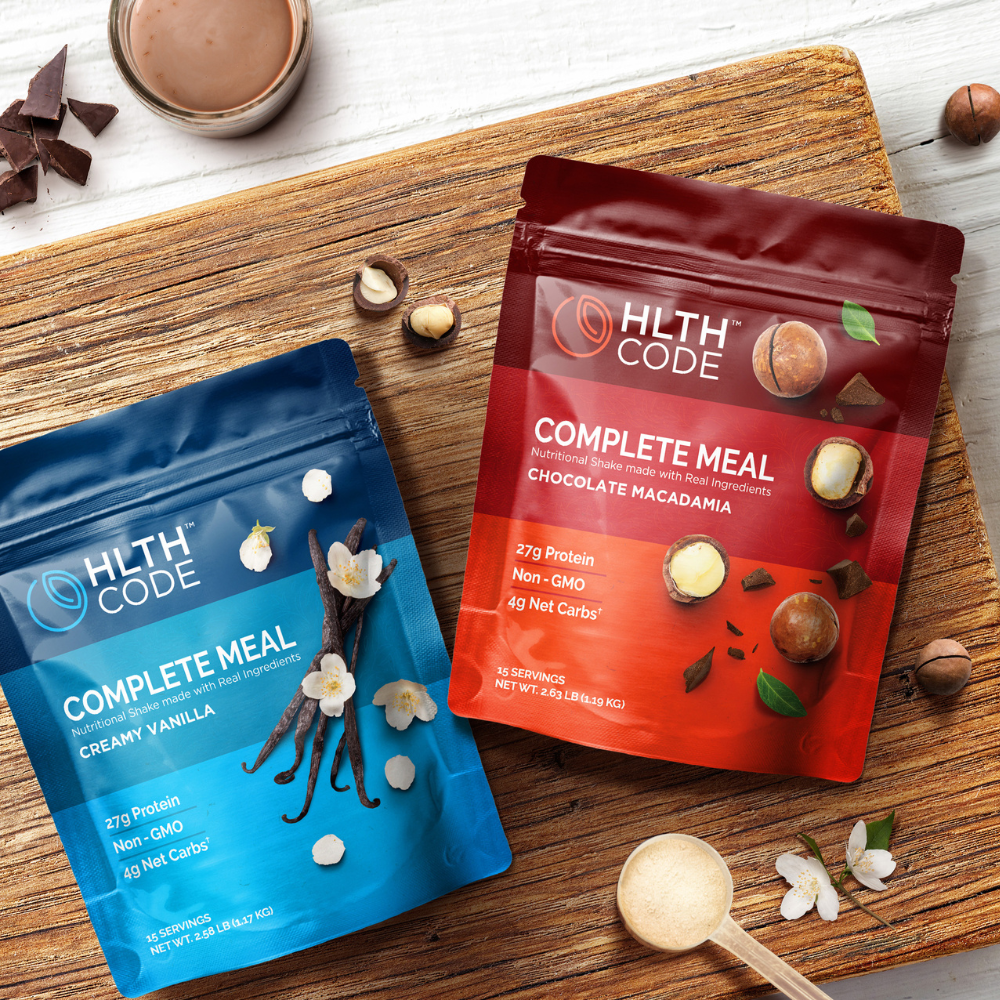
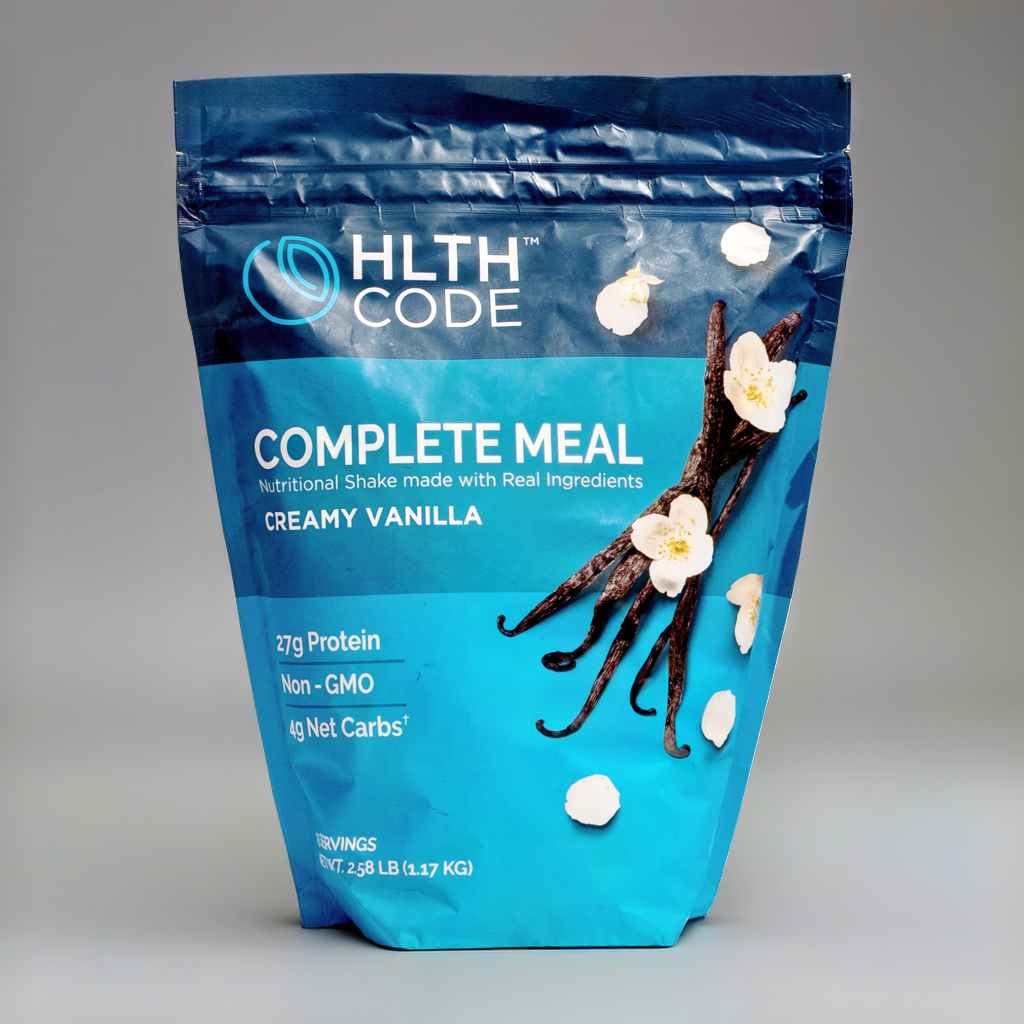
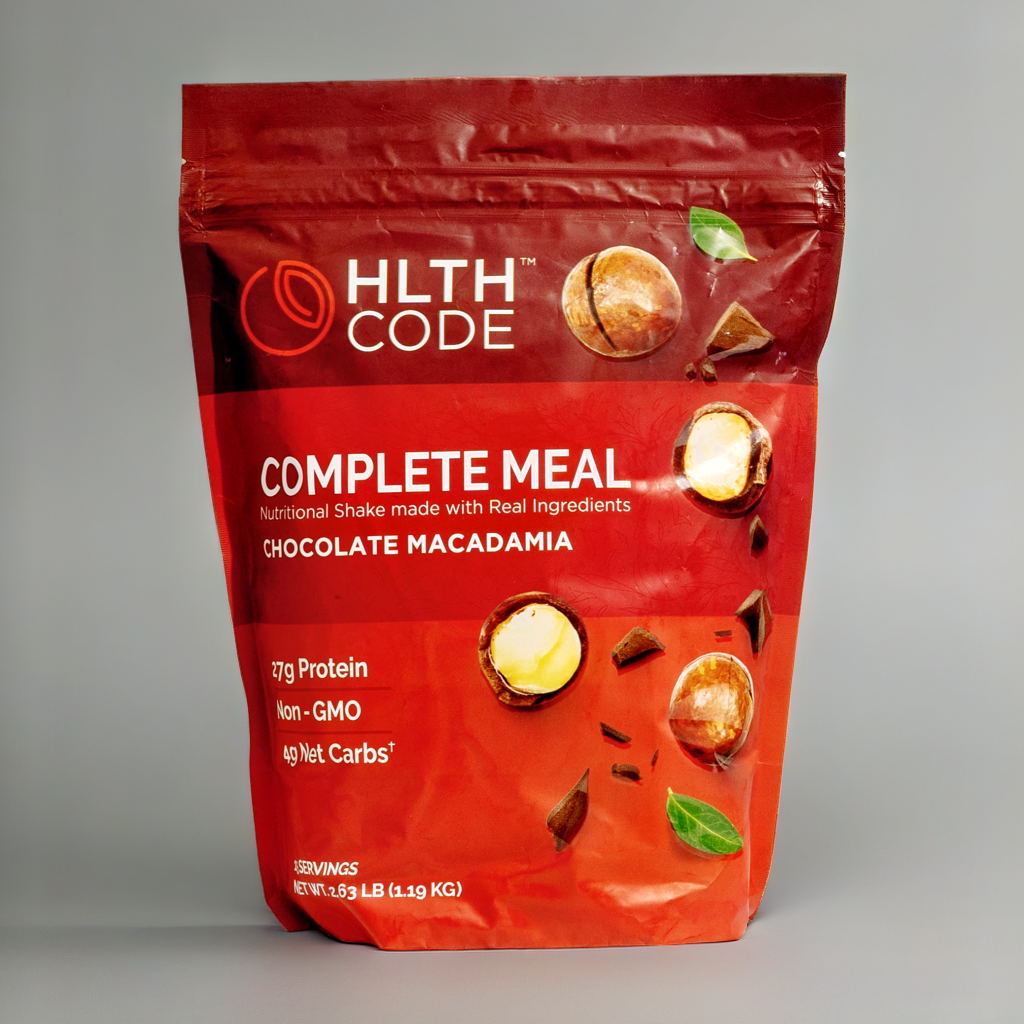
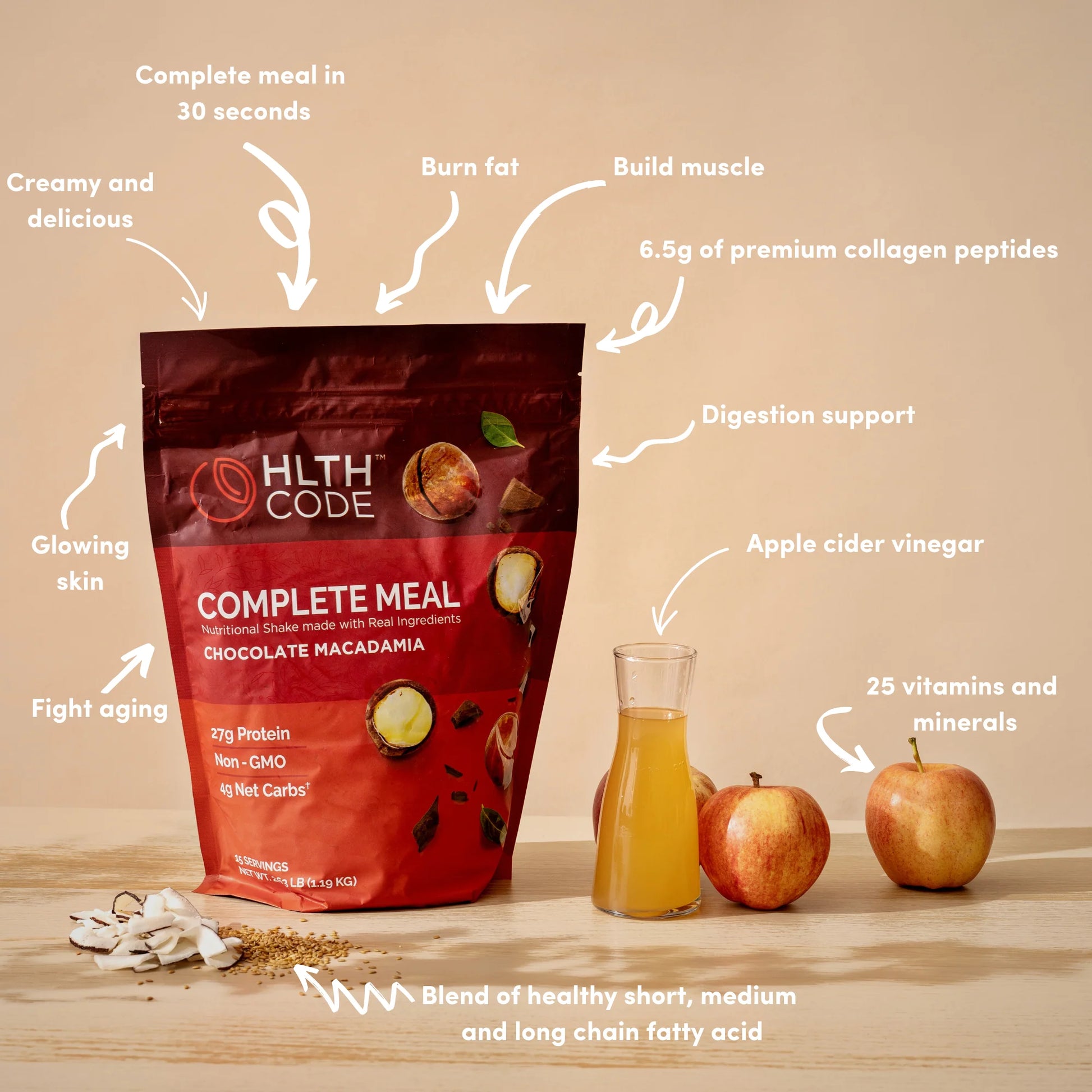
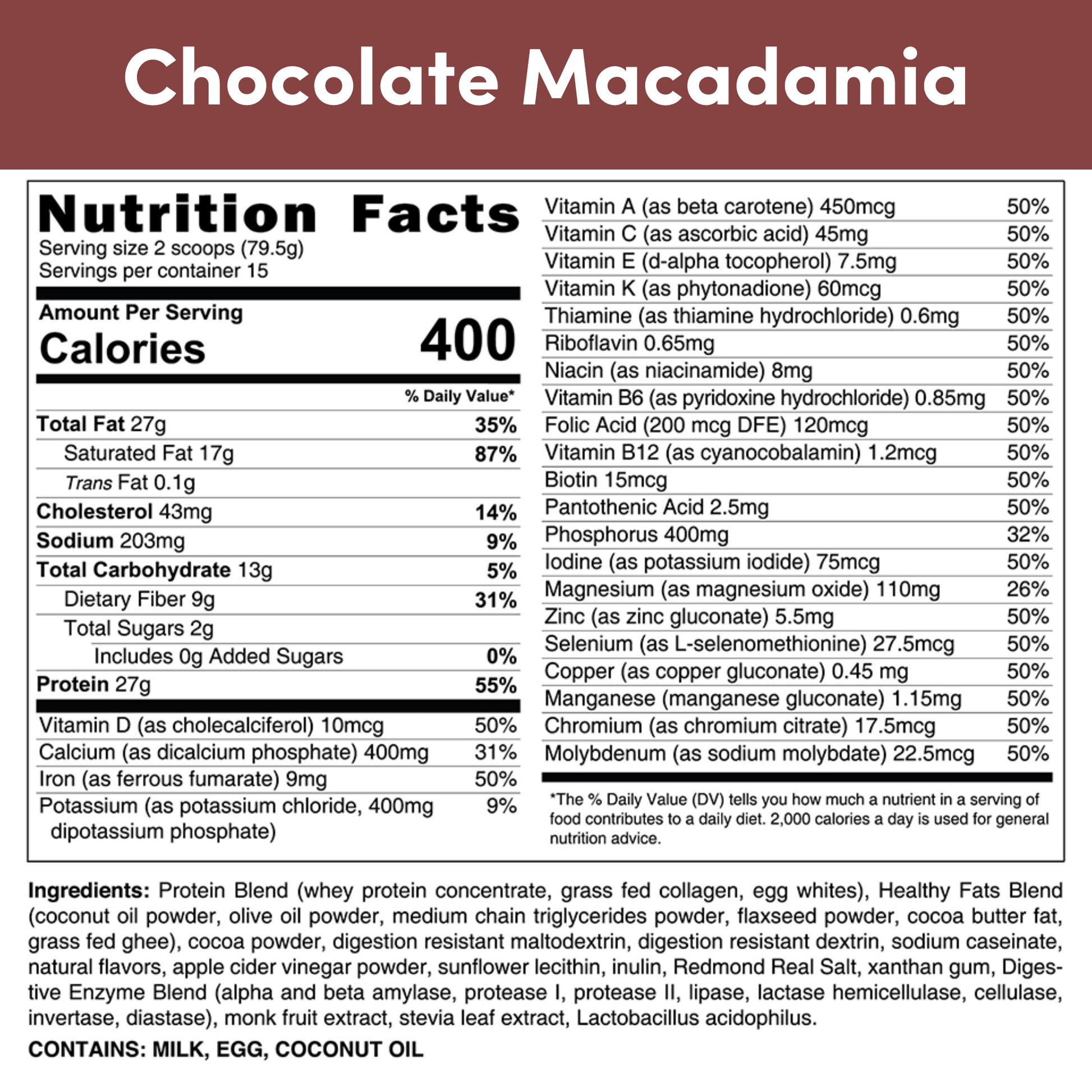
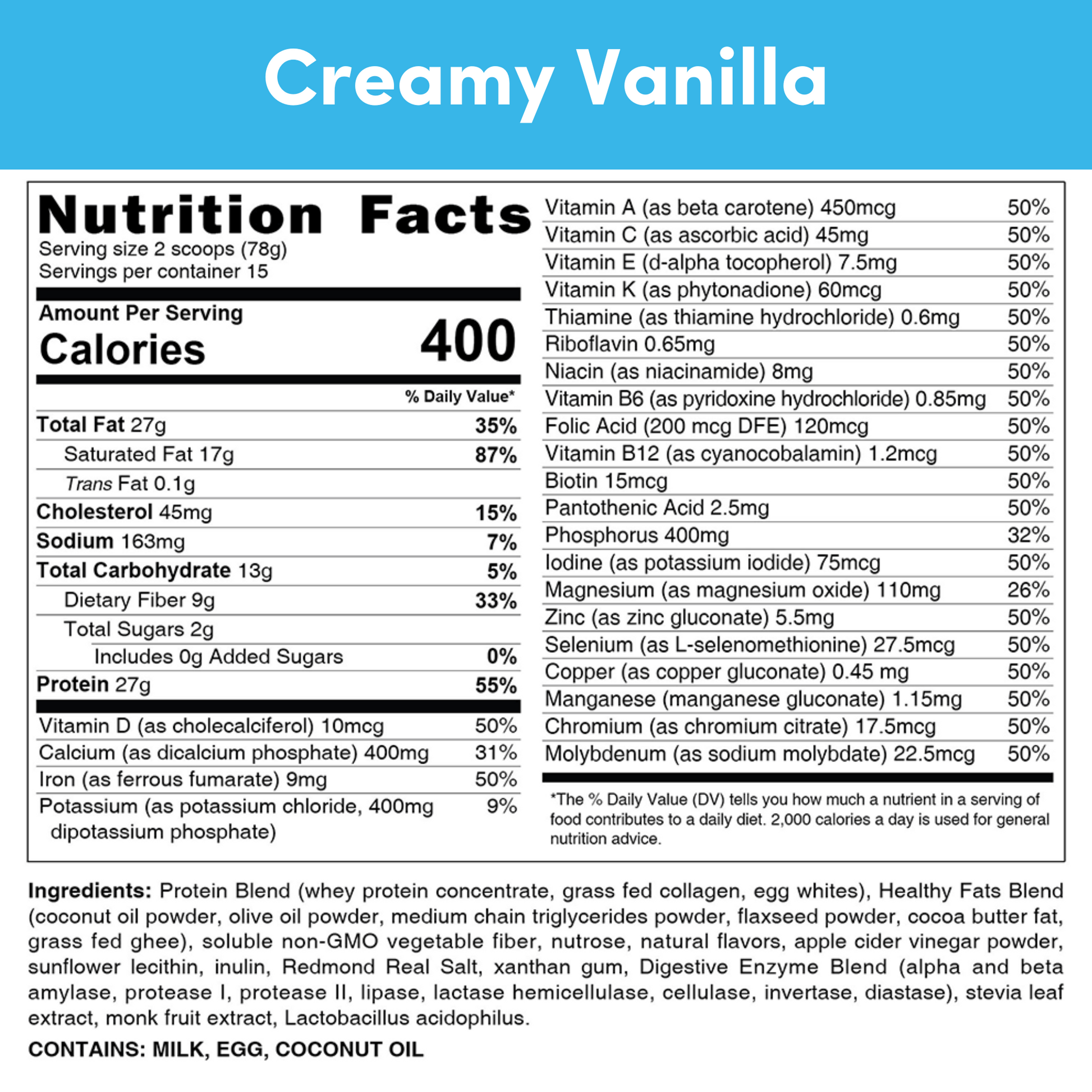

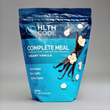
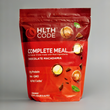

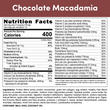
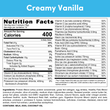
 Free Shipping - AUSPOST
Free Shipping - AUSPOST